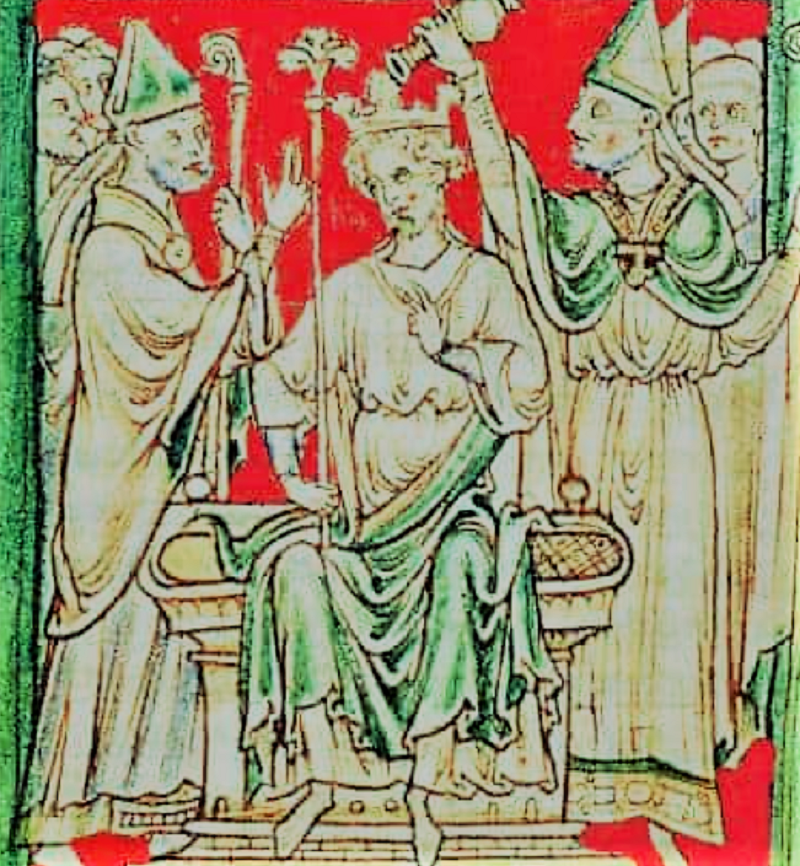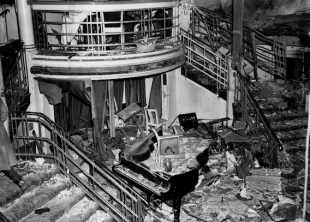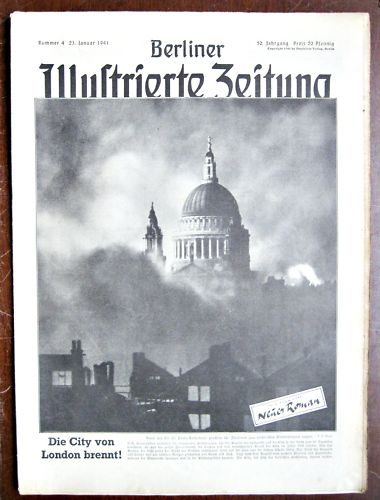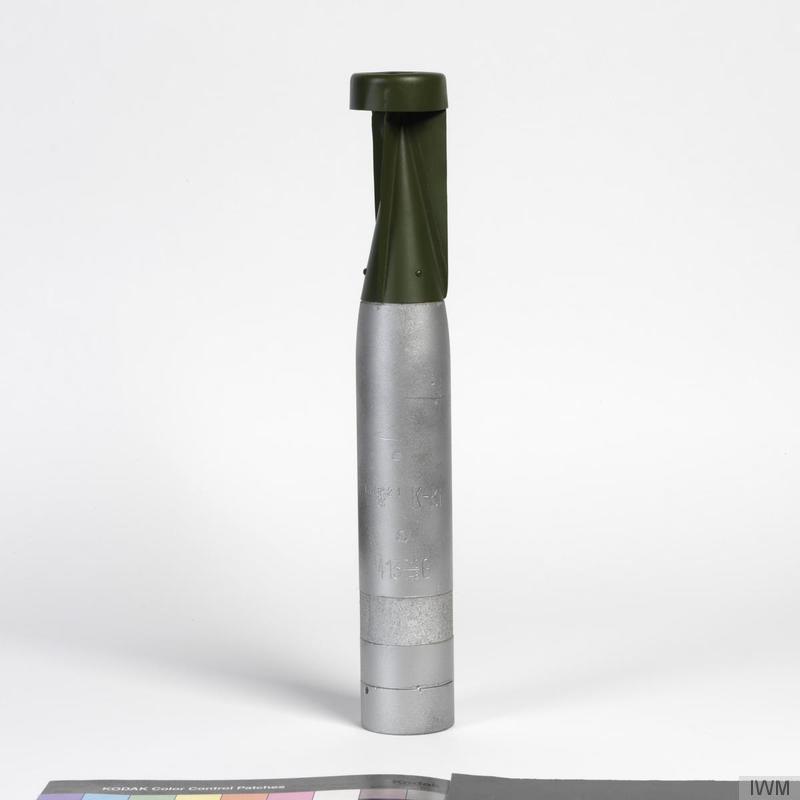
I had a chat a few days ago with a friend. We were talking about the Holocaust, and we both agreed that the Germans, specifically the German Nazis, were the main instigators and culprits of the world’s biggest crime. Without them, there may not have been a Holocaust or at least not on the scale.
However, the hate for Jews is not solely a German thing, there were many violent against the Jewish population of Europe and beyond. These acts have been happening for centuries. Even in the 11th and 12th centuries, there were Pogroms.
Before I go into some of the more recent Pogroms, it is important to understand what a Pogrom is. There are several definitions, following are just a few of them:
• An organized massacre and looting of helpless people, usually with the connivance of officials, specifically, such a massacre of Jews.
• A pogrom is generally thought of as a cross between a popular riot and a military atrocity, where an unarmed civilian, often urban the population is attacked by either an army unit or peasants from surrounding villages, or a combination of the two… Jews have not been the only group to suffer under this phenomenon, but historically Jews have been frequent victims of such violence. In mainstream usage, the word has come to imply an act of antisemitism.
• Originally used to describe violent and often murderous anti-Jewish persecutions (the most important of which took place in Kishinev) in Russia following the assassination of Tsar Alexander II in 1881, more recently the term ‘pogrom’, from the Russian pogrom (total destruction, devastation) has also been used to refer to attacks on other groups.
As I stated earlier this was not just a German phenomenon, the actual word comes from the Russian language. There were pogroms everywhere in Europe and other parts of the world. Even in a peaceful place like Limerick in Ireland, my hometown.
The Limerick Pogrom
On the evening of 11 January 1904, Fr John Creagh took the pulpit during mass at the Redemptorist church at Mount St Alphonsus in Limerick. His congregation comprised the weekly meeting of the ‘Monday Division’ of the Arch-Confraternity of the Holy Family, a 6,500-strong male sodality which, under his then spiritual direction, was a powerful force in the city’s Catholic life. John Creagh, a Redemptorist and Spiritual Director of the Arch Confraternity of the Sacred Heart, gave a sermon at their weekly meeting attacking Jews. He repeated many Anti-semitic conspiracy theories, including that of ritual murder, and said that the Jews had come to Limerick “to fasten themselves on us like leeches and to draw our blood”. Dermot Keogh describes what happened after Creagh delivered his lecture calling for a boycott on 11 January 1904.

In 1904 there were roughly 35 Jewish families, about 150 people, in the Limerick urban area. They lived in Collooney Street (now Wolfe Tone Street), not far from the present-day O’Connell monument, and had established a Jewish burial ground at Kilmurray, near Castleconnell. The first attack on them came in January, a few days prior to Fr Creagh’s sermon, when, following a colourful Jewish wedding, Judge Adams commented on their commercial success and vibrancy. This led to a sour report in the Limerick Leader, which compared their prosperity to the poverty of the native population.
A few days later the matter was taken up by Fr John Creagh CSSR, spiritual director of the Arch Confraternity of the Sacred Heart, which had a membership of around 6,000.
From the pulpit, Fr Creagh stated:
‘The Jews were once chosen by God. But they rejected Christ, they crucified Him. They called down the curse of His precious blood on their heads. They were scattered over the earth after the Siege of Jerusalem in 70 AD, and they bore away with them an unquenchable hatred for the name of Jesus Christ and his followers. The Jews came to Limerick apparently the most miserable tribe imaginable, with want on their faces, and now they have enriched themselves and can boast a very considerable house property in the city. Their rags have been exchanged for silk. How do the Jews manage to make their money? Some of you may know their methods better than I do, but it is still my duty to expose these methods. They go about as peddlers from door to door, pretending to offer articles at very cheap prices, but in reality, charging several times more than in the shops…They forced themselves and their goods upon the people and the people are blind to their tricks.”
Collooney Street where most Limerick Jews lived, was only a few minutes’ walk from the Redemptorist church. The hundreds who left the church after the meeting had to pass the top of Collooney Street on their way home; many were fired up by Creagh’s incendiary sermon. The Jewish community immediately sensed the menacing mood of the crowd-turned-mob and remained locked in their homes as the church militants passed by. Jewish shops, however, remained open and their owners felt menaced. One old Fenian, a member of the confraternity, single-handedly defended a shop from attack until the police arrived to mount a guard.
John Raleigh, a teenager (15 years of age), was arrested and incarcerated in Mountjoy Prison for one month for throwing a stone at the rabbi (which struck him on the ankle). Once released he returned home to a welcoming throng who were protesting that the teenager was innocent and that the sentence imposed was too harsh. While in prison Raleigh was called a “Limerick Jew slayer” by a warder, but Raleigh, who claimed he was innocent, was insulted by this and reported the incident to the chief warder. Later, after 32 Jews had left Limerick due to the pogrom, Creagh was disowned by his superiors, who said that “religious persecution had no place in Ireland”
The Jedwabne Pogrom

Reinhard Heydrich, chief of the Reich Main Security Office, issued orders on 29 June and 2 July 1941, for German forces to support ‘self-cleansing actions’ by the local population to rid itself of people alleged to have collaborated with the Soviet occupation, communists and Jews.
“No obstacles should be made for the efforts aimed at self-cleaning among anti-communist and anti-Jewish circles in the newly occupied territories. To the contrary, they should be instigated without leaving a trace, and if need be – intensified and directed on the right track, but in such a manner so that the local ‘self-defence circles’ could not refer to the orders or political promises made to them.” —Reinhard Heydrich
On 10 July 1941, hundreds of Jewish men, women, and children were massacred by local Poles in the town of Jedwabne.
Prior to the Holocaust, Jews made up between 60 and 70 per cent of the overall population of some 2,000 in Jedwabne. The town was situated in an area that was a hotbed of the antisemitic National Democratic Party (Endecja). After the German-Soviet invasion of Poland, Jedwabne was taken by the Soviets.
Shortly after the Soviets retreated, Polish townspeople rounded up hundreds of their Jewish neighbours and forced them to dismantle a monument of Vladimir Lenin that the Soviets had installed. From there the Jews were forced into a barn, where they were burned to death.
There is general agreement that German secret police or intelligence officials were seen in Jedwabne on the morning of 10 July 1941, or the day before, and met with the town council. Szmuel Wasersztajn’s witness statement in 1945 said that eight Gestapo men arrived on 10 July and met with the town authorities. Another witness said four or five Gestapo men arrived and “they began to talk in the town hall”. “Gestapo man” was used to refer to any German in a black uniform, Persak writes. The witnesses said they believed the meeting had been held to discuss murdering the town’s Jews.
According to the IPN’s( Institute of National Remembrance) report, on 10 July 1941 Polish men from nearby villages began arriving in Jedwabne “with the intention of participating in the premeditated murder of the Jewish inhabitants of the town”. Gross writes that a leading role in the pogrom was carried out by four men, including Jerzy Laudański and Karol Bardoń, who had earlier collaborated with the Soviet NKVD and were now trying to recast themselves as zealous collaborators with the Germans. He also writes that no “sustained organized activity” could have taken place in the town without the Germans’ consent. The town’s Jews were forced out of their homes and taken to the market square, where they were ordered to weed the area by pulling up grass from between the cobblestones. While doing this, they were beaten and made to dance or perform exercises by residents from Jedwabne and nearby.
The massacre is a controversial topic in Poland; as the main perpetrators of the massacre were Poles, it goes against the commonly accepted Polish narrative of the Holocaust.
The Kielce pogrom
The Kielce pogrom was an outbreak of violence toward the Jewish community centre’s gathering of refugees in the city of Kielce, Poland on 4 July 1946 by Polish soldiers, police officers, and civilians during which 42 Jews were killed and more than 40 were wounded. Polish courts later sentenced nine of the attackers to death in connection with the crimes.
The Pogroms of 1189 and 1190
From 1189 to 1190, the anti-Jewish pogroms in London, York, and numerous other cities and towns displayed cruelty and barbarity never before seen by English Jews. Indeed, these acts of violence distinguished themselves as some of the worst atrocities committed against European Jews in the Middle Ages

The catalyst for the anti-Jewish violence in 1189 and 1190 was the coronation of King Richard I on September 3, 1189. In addition to Richard’s Christian subjects, many prominent English Jews arrived at Westminster Abbey to pay homage to their new king. However, many Christian Englishmen harboured superstitions against Jews being present at such a holy occasion, and the Jewish attendees were flogged and thrown out of the banquet following the coronation. After the incident at Westminster Abbey, a rumour spread that Richard had ordered the English to kill the Jews. Christians attacked the predominantly Jewish neighbourhood of Old Jewry, setting the Jews’ stone houses on fire at night and killing those who tried to escape. When news of the slaughter reached King Richard, he was outraged but only managed to punish a few of the assailants because of their large numbers.
When Richard left on the Third Crusade, the Jews of the village of King’s Lynn attacked a Jew who converted to Christianity. A mob of seafarers rose against Lynn’s Jews, burned down their houses, and killed many. Similar attacks occurred in the towns of Colchester, Thetford, Ospringe, and Lincoln. While their houses were ransacked, the Jews of Lincoln managed to save themselves by taking refuge in the city’s castle. On March 7, 1190, attacks in Stamford, Lincolnshire killed many Jews, and on March 18, 57 Jews were massacred in Bury St. Edmonds. However, the bloodiest of the pogroms took place from the 16th to the 17th of March in the city of York, staining its history forever.
sources
https://www.historic-uk.com/HistoryUK/HistoryofEngland/Pogroms-1189-1190/
https://www.jpost.com/diaspora/antisemitism/article-711642
Click to access jews%20of%20limerick%2050.pdf
Revisiting the ‘Limerick Pogrom’ of 1904
https://en.wikipedia.org/wiki/Kielce_pogrom

Donation
I am passionate about my site and I know you all like reading my blogs. I have been doing this at no cost and will continue to do so. All I ask is for a voluntary donation of $2, however if you are not in a position to do so I can fully understand, maybe next time then. Thank you. To donate click on the credit/debit card icon of the card you will use. If you want to donate more then $2 just add a higher number in the box left from the PayPal link. Many thanks.
$2.00













 was originally designed to meet a 1935 Army Air Force requirement. The prototype first took flight in May 1936, and was quickly accepted as the Japanese Army Type 97 Command Reconnaissance Plane Model 1. Production for the first order of 437 aircraft began in May 1937. They were single-engine monoplanes with fixed tail wheelundercarriages.
was originally designed to meet a 1935 Army Air Force requirement. The prototype first took flight in May 1936, and was quickly accepted as the Japanese Army Type 97 Command Reconnaissance Plane Model 1. Production for the first order of 437 aircraft began in May 1937. They were single-engine monoplanes with fixed tail wheelundercarriages.



 No this is not a Carlsberg ad.”Carlsberg don’t do floods but if they did”
No this is not a Carlsberg ad.”Carlsberg don’t do floods but if they did”




















You must be logged in to post a comment.